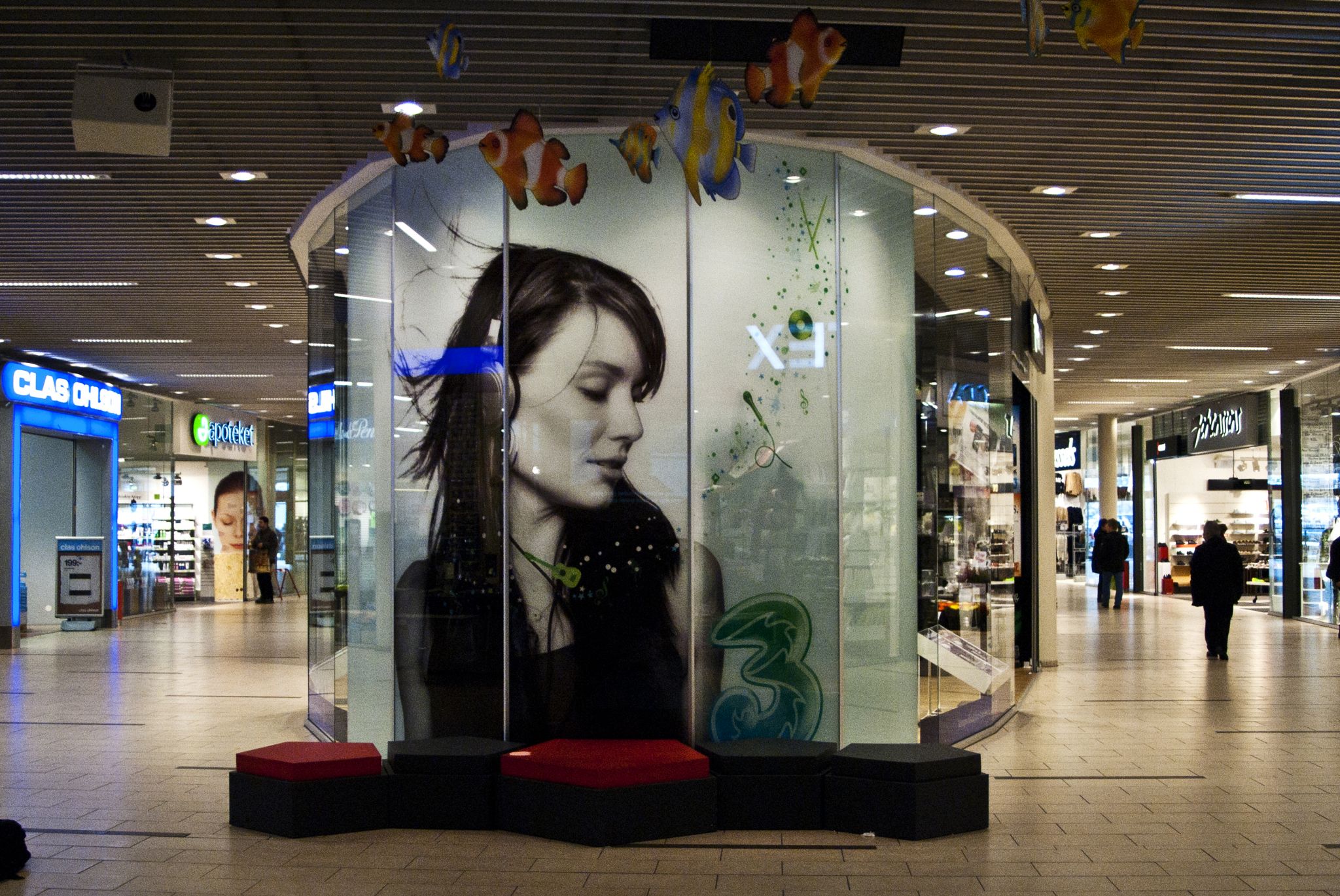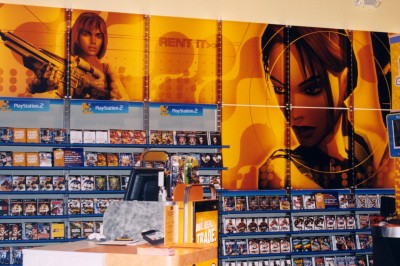By Jason Yard
Point-of-purchase (POP) displays have been a staple of advertising in retail environments for many years, ranging from simple merchandising to high-end fixtures and differentiating the many products competing for shoppers’ attention on store shelves. From aisle-end displays to floor decals to window graphics, POP represents many types of media from which retailers may select to convey a promotional message or otherwise communicate with their customers. A multitude of third parties, too, have taken advantage of at-retail advertising opportunities in creative ways.
While they have been established as an important promotional tool, POP displays have also had their shortcomings. Given past limitations in printing technology and material properties, retailers have sometimes found themselves unable to execute fully cohesive campaigns across various media, whether due to a lack of colour consistency, unaffordability or other barriers to achieving their desired effect.
Fortunately, technological developments have addressed many of these shortcomings in recent years. Innovations both in printing and in materials have created new opportunities for POP displays today and tomorrow, with cleaner, higher-end esthetics that were previously impossible.
Printer advancements
Significant progress has especially been seen in printing technology for the sign industry. Indeed, this trend has been one of the most notable developments in terms of changing the POP display market.
Wide- to super-wide-format printers are now compatible with flexible vinyls, rigid boards and even fabrics, offering a consistent appearance for graphics across these media. This is especially important when sign shops are being called upon to print branded pieces that adhere to retailers’ and marketers’ strict colour, logo and image guidelines.
Another key to the continued growth of the POP display market has been the capability for many sign shops to produce graphics with a level of quality and special effects that were previously reserved for only the most expensive printing systems.
Even narrow-format printers can now be used for smaller runs of high-quality POP display graphics, supporting more affordable regionalized campaigns. They offer high speeds, colour matching and management capabilities and special effects like raised ink and embossing, all at smaller volumes—and thus lower costs—than were previously available via offset and digital wide-format printing.
Of course, wide-format printers have improved, as well. The introduction of white and metallic inks, for example, has enabled the production of new types of graphics and special-effect finishes for POP displays, particularly window graphics using see-through substrates.
‘Hybrid’ wide-format ultraviolet-curing (UV) printers, which can switch between roll-fed and sheet-fed modes, also offer new advantages. POP displays that previously required the use of multiple printers to achieve can now be more efficiently printed and processed with one machine.
The advent of durable aqueous ‘latex’ inkjet printing has been beneficial in allowing POP graphics to be produced for areas where regulations restrict the use of volatile organic compounds (VOCs), as found in solvent-based inks. By using water-based inks to produce graphics of equal quality that require less processing time, latex printers are not only bypassing VOC concerns, but also getting the job done faster.







